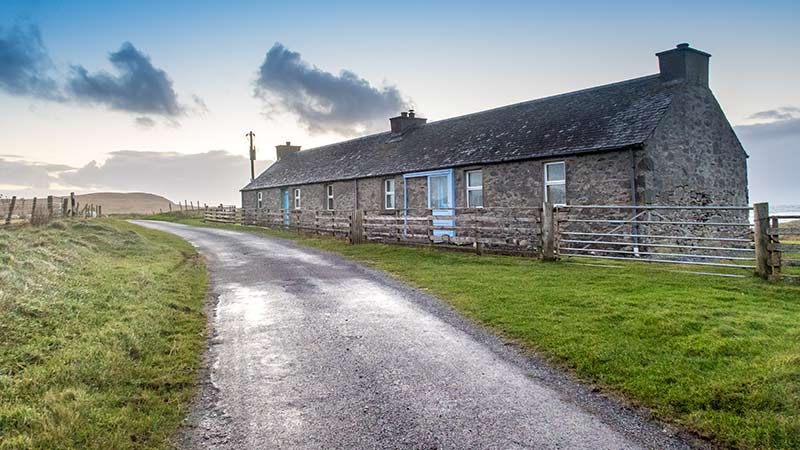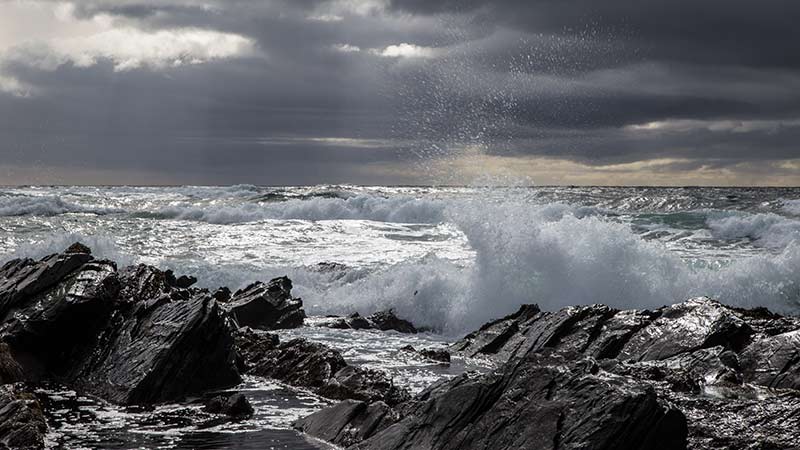Saligo Bay is one of three stunning bays on Islay’s west coast. The others are Lossit Bay and Machir Bay. Saligo is rather unique as most of the times it has a beach and very rarely it hasn’t. I’ve seen a couple of winters where the sand on the beach was almost gone at high tide due to heavy erosion during winter storms. But the sand always returns, and so does the beach.

You can find some beautiful rock formations here and the beach is sheltered from easterly winds. Also geologically it is of interest as there are several different types of rock varying in age from 450 to 700 million years old. For photographers this part of Islay is ideal as you can take stunning sunset photos from this very beach due to the westerly position, the rocks and the famous landmark, the Sleeping Giant. And according to some, Saligo has the best light on the Scottish west coast.

If you’re looking for a brisk, somewhat longer beach walk this might not be the place to go. The beach is rather small although there is a path at the end, on the northside of the beach, which you can follow to a small inlet, and another, even smaller beach. From here you’ll have stunning views of the Sleeping Giant, referred to by some as the Sydney Opera Rocks. Especially during stormy weather and a high Atlantic swell you’re in for a treat! The path continues inland through the dunes and then back to the gate over the main track.

Access Saligo Bay
On the most westerly tip of the circular Loch Gorm Road, right from Saligo Cottage near the bridge, is a gate. You can usually park your car here but make sure to leave the gate free of access. Cross the field left from the wee building and head for the dunes from where you’ll have a magnificent view of the Bay. There are several paths going down to the beach.





